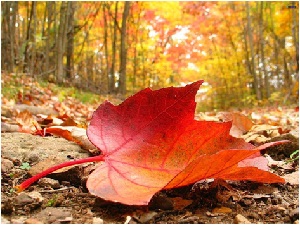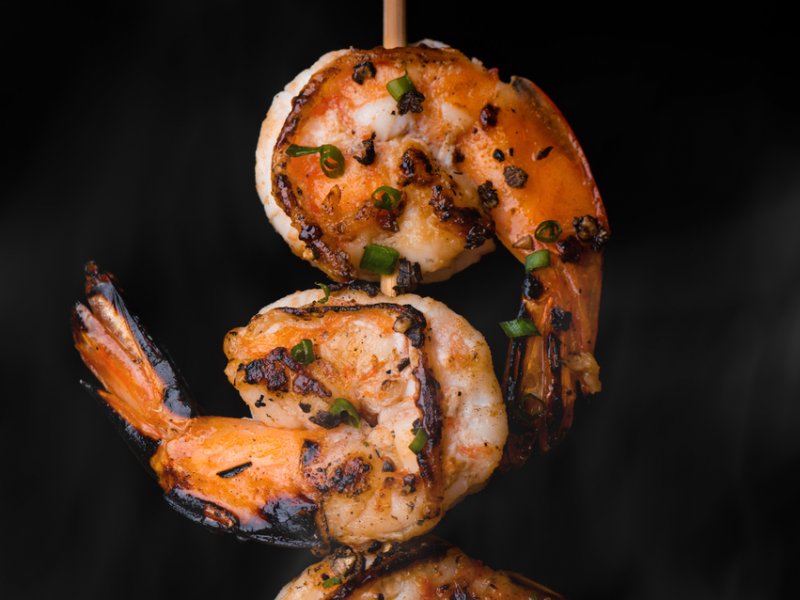Welcome Autumn!
By Verónica Toro
Translated by Nyima Bieber
In the Northern Hemisphere the season officially begins with the Fall equinox on the 23rd of September and ends with the Winter solstice on December 21st.
The name Autumn comes from the Egyptian god Atum, who symbolizes the “sun who hides in the earth”. Fall also represents ripeness and maturity which is related to the falling of the leaves from the trees. It is known as the harvest time, particularly of corn and sunflower. In terms of climate, the environmental temperatures begin to fall.
In Mexico, typical seasonal produce includes pomegranate, grapes, oranges, tangerines, grapefruit, avocado, mushrooms, pumpkins, artichokes and nuts.
The human body also changes during this time of year, resulting in what is known to some as Autumn weariness. Colder temperatures cause the body to use a greater amount of energy. Defenses against germs are reduced and some experience an increased susceptibility to sickness.
The Leaves of Fall
Have you ever wondered why the leaves change color and fall from the trees?
It is a very curious yet intelligent process. The plants, as living beings, suffer significant chemical changes according to the season. During the fall, the tree prepares for the lower temperatures that come with winter. It receives less light because the days are shorter. In response to this anxiety, the leaves begin to save their energy; but how do they do it?
The leaf captures sunlight and absorbs it through chlorophyll molecules. This light, combined with water and mineral salts, is transported through the veins located from the stem to the surface. Leaves essentially combine these elements to produce their own food in order to stay alive. In the corner or petiole of the leaf is the abscission zone, which carries water and food. During this season the absorptive cells swell and strangle the ducts that connect the leaf with the rest of the plant. Eventually the flow of sap stops completely. When the transfer of nutrients and the supply of water are interrupted the chlorophyll degrades. Substances and pigments exchange with others that contribute to the degradation of color.
A layer of cork then develops on the part of the leaf that keeps it attached to the plant. This causes a weak adhesion, which with the passage of time or strong winds or a strong wind, causes the leaf to separate from the branch. There are, however, very strong trees that are resistant to climate change. These are called “evergreen” trees; they continue to photosynthesize (albeit more slowly) during winter. When trees save energy it is also a way of preparing to be reborn when Spring comes.
It’s great to understand a little bit of the science behind the beautiful changing of the leaves in Autumn. Enjoy the beautiful scenery this season has to offer!
Looking for the spanish version?
Photo sources: euroresidentes.com,noticias.eltiempo.tv
(Cross-posted in Riviera Maya Blog )













